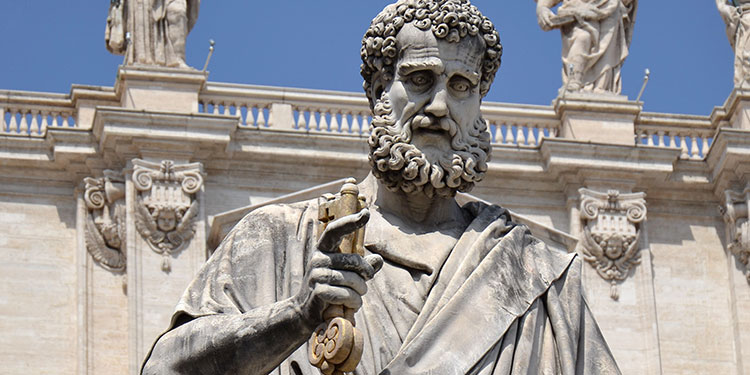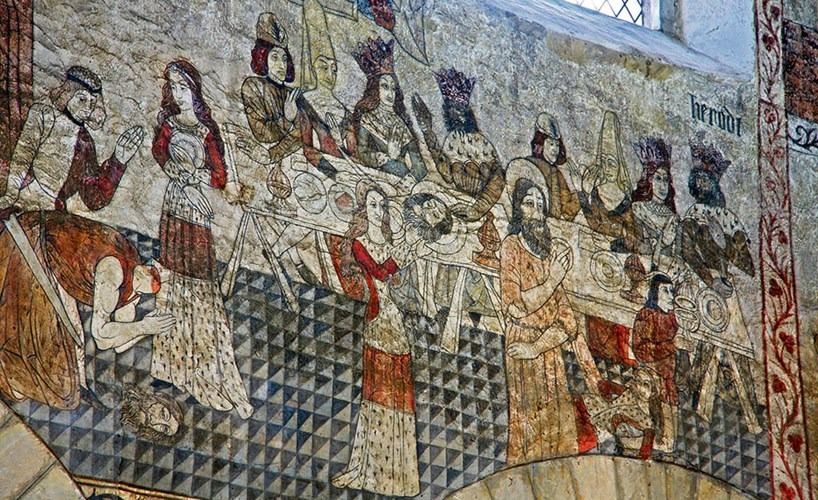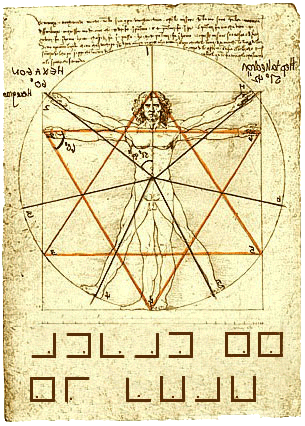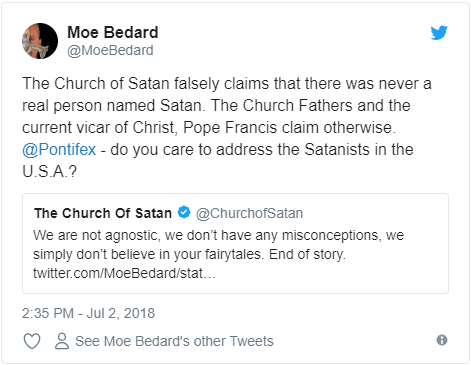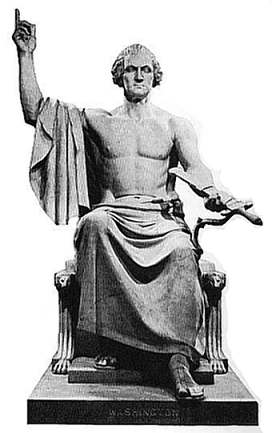Jesus turned to his Apostle Peter and said, “Get thee behind me, Satan: thou art an offense unto me: for thou savourest not the things that be of God, but those that be of men.”(Matthew 16:23)
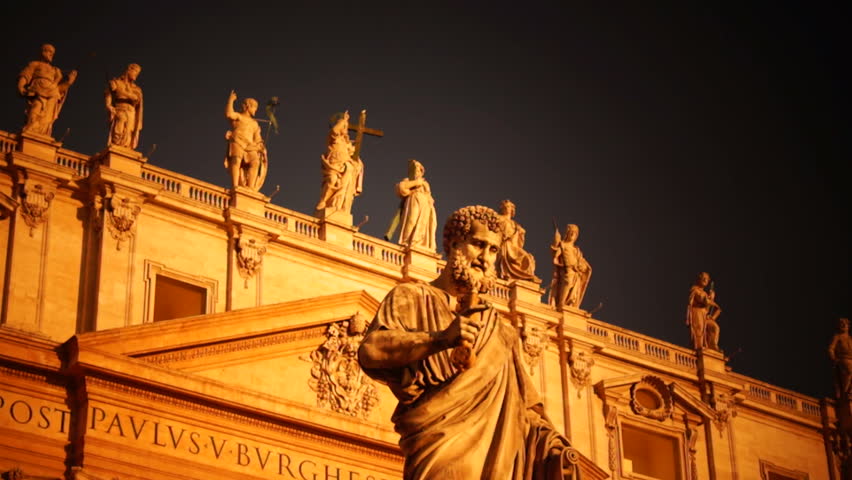
An interesting note that I would like to point out to you is that Jesus uses nearly the same exact words for Peter that he had used to the devil in his temptation (Matthew 4:10). ”
We know through Scripture and the testimony of the Church Fathers that Saint Peter’s original name was Simon and he was one of the Twelve Apostles of Jesus Christ, leaders of the early Christian Great Church, and Prince of the Apostles.
But what is often left out of these name appellation is that Peter was also known as “Satan.”
To many people, the thought of calling the “Rock of the Church” which Jesus built his ministry – Satan is an apostasy to the Christian faith but that is exactly what has occurred for approximately the last 2,000 years. These facts are explained allegorically all throughout the Scripture as I have presented in my articles such as Who is Satan?, and Satan: Thou art the anointed royal cherub with Gnosis that covereth.
Satan is presented to us as the God of this World, a deceiver, and a liar. These name appellations show us that he is in charge and he lies for God in order to carry out his special mission as Ezekiel 28:14 describes how the royal anointed cherub – Satan an assignment to “cover”. This Hebrew word means to cover as a protector guard.and or fenced in hedge of protection.
Mathew 16:23 shows us that Jesus called for Saint Peter to get behind him and he is Satan. Most people would say that to get behind Jesus is a good thing and I would agree but calling the same man Satan is a statement that is contradictory.
With that said, we must assume this is done on purpose as if it codifying a mystical message in allegory.
As I explained in my article, Who is Satan, the word Satan is derived from the ancient Greek Σατάν (Satán) and the Hebrew שָׂטָן (Sātān) which means “adversary, the accuser, to show enmity to, oppose, plot against,” from root s-t-n “one who opposes, or obstructs.”
Therefore, we can say that Peter became an “adversary” to Jesus’s teachings it was because he had followed “the path of men,” and for this reason, he was told by Jesus that he was now “Satan” and he would have to get behind him during his ministry.
What happens with Peter next is indicated by the next passage from Jesus where he says, “Whoever shall come after me, let him deny himself and take up the cross and follow me.”
It is clear that Peter and the Apostles had denied themselves and Mark mentions the two cock-crowings (chap. xiv. 72), thus increasing the guilt of Peter’s denial as Eusebius asserts on the authority of Clement of Alexandria.
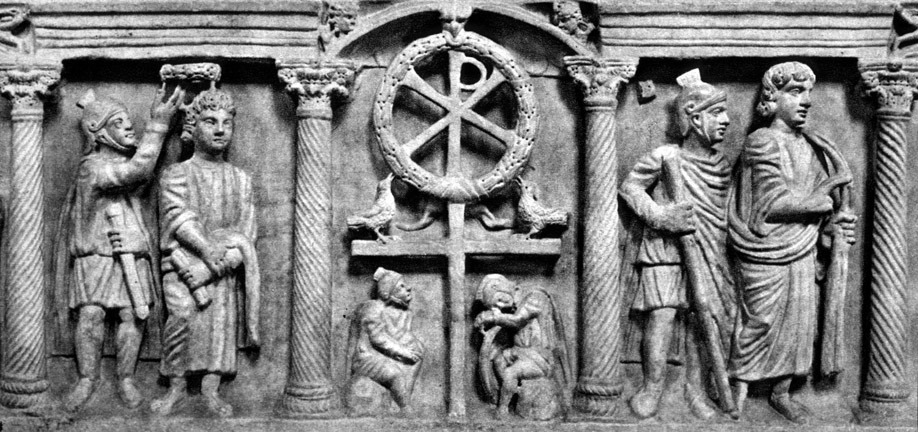
The reference to the rooster escapes most scholars’ radar but in my opinion, this is religiously symbolic of the Gnostic times. For the rooster was an ancient religious symbol which represented exoterically as the dividing line between night and day or more appropriately, for light and dark for the Rooster crows to signal the coming day/light of a New Age.
Symbolically, we can say esoterically that the Rooster is the awakening of the Holy Spirit or Holy Fire ie: consciousness and Gnosis of the eternal mysteries. The Rooster representing their savior as the speaker of the ancient Gnostic mysteries for who has louder pipes to crow?
This is why in ancient Gnosticism and with the Templars, we find the most important symbol being that of Abraxas who is normally depicted as a creature like a man with the body of a human being, the head of a rooster, one arm with a shield, and the other with a whip.
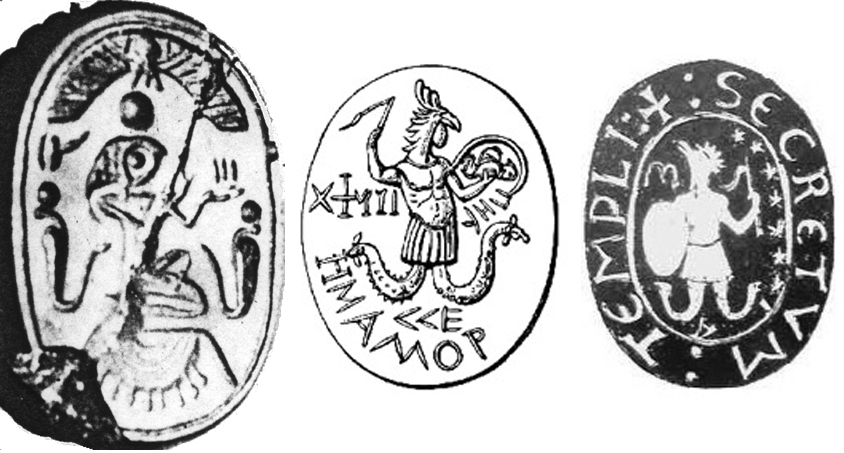
As I explained in my article, Abraxas, The early Fathers of the Catholic Church such as Irenaeus and Epiphanius had said that the world, as well as the 365 heavens, was created in honour of ‘Abraxas;’ and that Christ was sent not by the Maker of the world but by ‘Abraxas,’ and according to Jerome (c.347–September 30, 420) who is best known as the translator of the Bible from Greek and Hebrew into Latin, ‘
Abraxas’ meant for Basilides “the greatest God” (De vir. ill. 21), “the highest God” (Dial. adv. Lucif. 23), “the Almighty God” (Comm. in Amos iii. 9), and “the Lord the Creator” (Comm. in Nah. i. 11).
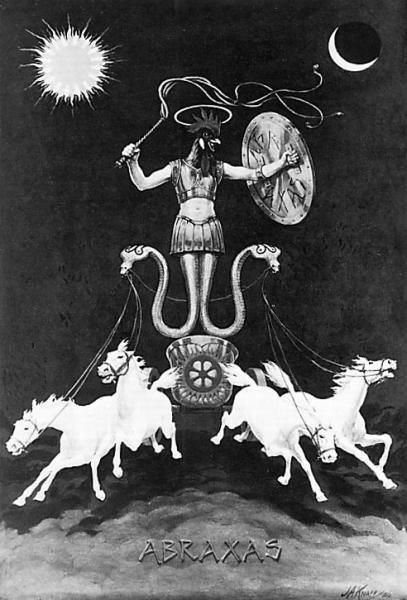
It was for this ancient Gnostic reason that the rooster was placed in the Scripture as one of the most important symbols of Gnosticism and also the Levite priesthood who I have explained in my articles, The Origins of the Kohanim Priesthood and the Levite Priesthood, are descended from the lineage of Aaron and Moses and whom spawned the Gnostic prophet – John the Baptist .
They were true Israelites from the Gnostic Ophite Order of Priests on the Dragon shaped island we know today as Dia. This island is also known by the name of Delos and more anciently as the island Kos or Cos which is named after Ceus (Zeus), the son of Titan, and has been known by various names such as Zia, Cia, Cea, Ceos, Coo, Coos, Cous, Merope, Lemnos, Letos, Staunchio and Patmos.
This is where we will find the famous so-called Rooster Cock Pillar that has since been moved to the “new Delos.” I will explain more about the Rooster when this “Levitical broken-cock” in chains has time…
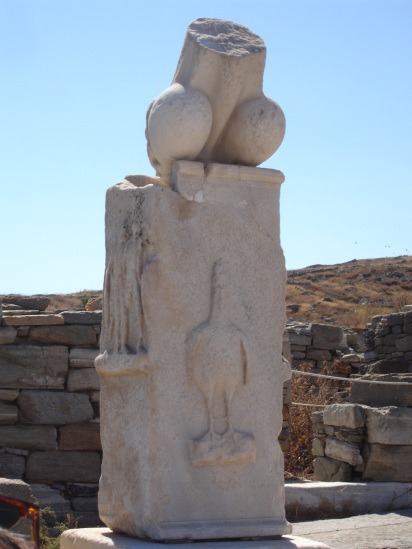
Back to the two cock-crowings of Peter’s AKA Simon’s AKA Satan’s denial which takes us to Peter at Caesarea where he is preparing for a discussion with the man we know as the First Gnostic – Simon Magus with the symbolic reference to Gnosis with the “rising at the first cock-crowing.”
“When the day dawned, which had been fixed for the discussion with Simon, Peter, rising at the first cock-crowing, aroused us also; for we were sleeping in the same apartment, thirteen of us all; of whom, next to Peter, Zaccheus was first, then Sophonius, &c. After these, I [Clement] and Nicodemus, then Niceta and Aquila, who had formerly been disciples of Simon, and were converted to Christ, under the teachings of Zaccheus. Of the women, there was no one present.”— Recognitions, book 2, chapter
In the “Palace of Caiaphas” Peter renounces his Master three times, and as the cock crows thrice at his third denial.
Let me add that there is also another reference to Peter and Satan was told in Luke, “Simon, Simon, behold, Satan demanded to have you, that he might sift you like wheat, but I have prayed for you that your faith may not fail; and when you have turned again [after the denials], strengthen your brethren” (Luke 22:31-32).

Moe is the founder of GnosticWarrior.com. He is a father, husband, author, martial arts black belt, and an expert in Gnosticism, the occult, and esotericism.


